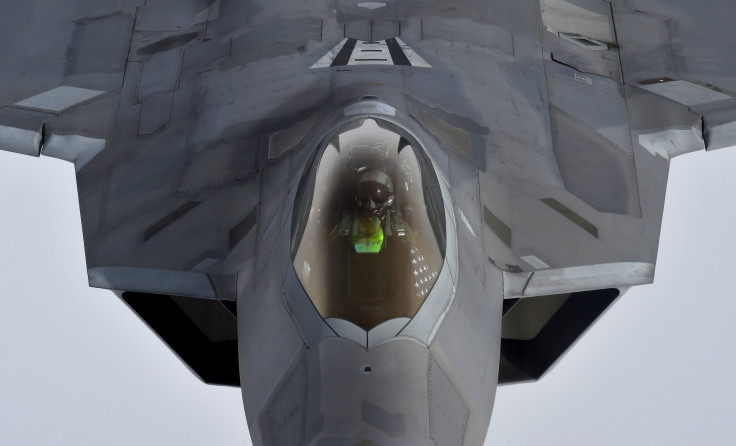How Much Does US Spend On War? Trump Wants To Increase Military Budget That’s Already Ranked Best In The World

President Donald Trump has requested a $54 billion increase in the Defense Department’s budget, the Associated Press reported Monday, as the administration began to tackle its first federal budget and Trump hoped to keep one of his biggest campaign promises.
BREAKING: White House: President Donald Trump’s upcoming budget to ask for $54B increase in defense budget.
— AP Politics (@AP_Politics) February 27, 2017
An Office of Management and Budget official told reporters overall, Trump has asked for a 10 percent increase in defense spending and national security, Politico reported.
“This budget expects the rest of the world to step up in some of the programs this country has been so generous in funding in the past,” the official said
Trump had previously claimed the military had become a “disaster” and was “depleted” under former President Barack Obama and had vowed to help veterans and the entire military with more funding during his time in office.
But, even if the increase is not approved, the U.S. had long been the most powerful and richest military across the globe, according to statistics compiled by the Stockholm International Peace Research Institute and gleaned by the Council on Foreign Relations.
Focusing on the tail end of the Cold War and the spike following the Sept. 11, 2001, terrorist attacks that led to wars in Afghanistan and Iraq, the report measured military spending from 1988 to 2013, and while the budget did reach its peak during that time frame in 2009 — Obama’s first year in office — it has steadily decreased in the years since.
In turn, with the U.S. by far spending more than any other country on its military, the World Bank’s data showed the globe’s military expenditures dipped from 3.4 percent of gross domestic product to nearly 2.3 percent as of 2015.
All told, the defense budget jumped from $384 billion to $502 billion, with adjustments for inflation, from 2000 to 2014 and saw double-digit increases in many areas, a Congressional Budget Office report from November 2014 showed. The amount spent on personnel climbed 46 percent while operations and maintenance increased 43 percent.
As a result, in part, from 2013’s sequester while Obama was still in office, military spending slipped from $671 billion to $619 billion.
That number has continued to decline. In 2015, Obama called for a budget of $598.5 billion, which was 54 percent of all of the federal government’s discretionary spending, according to the National Priorities Project.
The most recent defense budget for the fiscal year 2017 was tagged at $582.7 billion, the DoD announced a year ago, and that stood as a $2.4 billion increase compared to 2016’s level.
Still, even if Trump’s increases go through, the U.S. already was spending nearly as much as 14 other countries’ combined, the Washington Post reported last year.
© Copyright IBTimes 2024. All rights reserved.




















